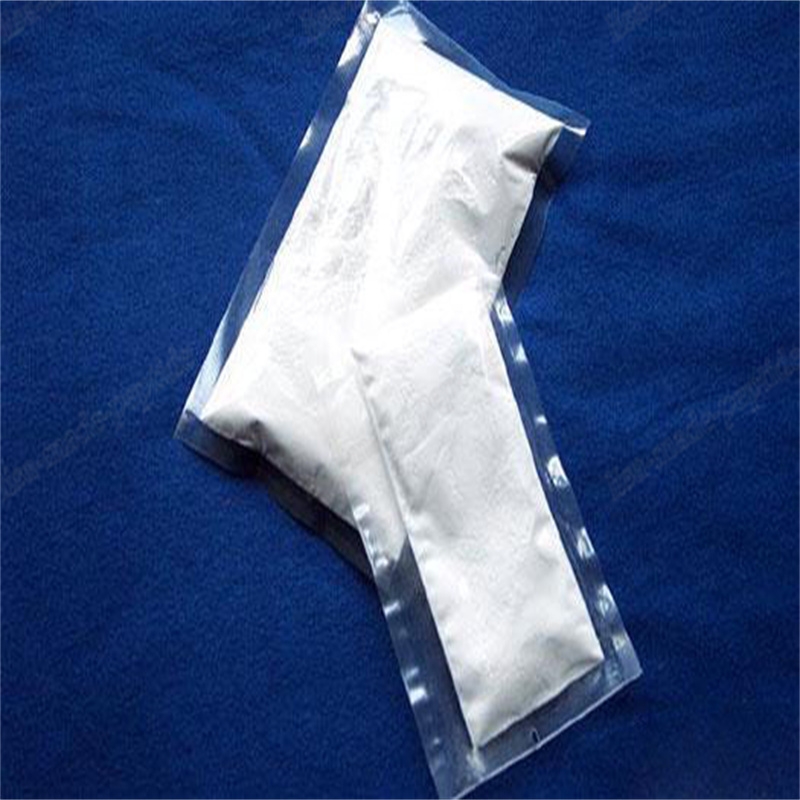-
Categories
-
Pharmaceutical Intermediates
-
Active Pharmaceutical Ingredients
-
Food Additives
- Industrial Coatings
- Agrochemicals
- Dyes and Pigments
- Surfactant
- Flavors and Fragrances
- Chemical Reagents
- Catalyst and Auxiliary
- Natural Products
- Inorganic Chemistry
-
Organic Chemistry
-
Biochemical Engineering
- Analytical Chemistry
-
Cosmetic Ingredient
- Water Treatment Chemical
-
Pharmaceutical Intermediates
Promotion
ECHEMI Mall
Wholesale
Weekly Price
Exhibition
News
-
Trade Service
It was learned on July 12 that the research group of Wang Hui from the High Magnetic Field Center of the Hefei Institute of Physical Science, Chinese Academy of Sciences has prepared a nitrogen-doped carbon nanosheet catalyst embedded with ultra-small copper nanocrystals, which can be used to realize high-efficiency electrocatalytic carbon dioxide reduction reaction
.
The results were recently published in the international journal ACS Applied Materials and Interfaces
.
With the improvement of the level of industrialization and the increase of energy consumption, the concentration of carbon dioxide in the atmosphere has gradually increased, causing serious damage to the ecological environment, and the problem of energy shortage has become increasingly prominent
.
Therefore, it is urgent to generate new clean energy to get rid of excessive dependence on traditional fossil energy and reduce carbon dioxide emissions
.
Among many carbon dioxide conversion technologies, electrocatalytic carbon dioxide reduction reaction is a potential conversion technology, which can make full use of electrical energy under the action of a catalyst to convert carbon dioxide into desired new energy products, reduce the content of carbon dioxide in the air, and be applied The prospects are bright
.
Copper-based nanocatalysts are the most potential catalysts found so far in the electrocatalytic carbon dioxide reduction reaction, which can produce a large amount of liquid alcohol and deeply reduce carbon dioxide to dicarbon-based products
.
Relevant studies have shown that copper nanocrystals and dopants can tune the selectivity of active sites to products and improve the conversion efficiency of electrocatalytic CO2 reduction
.
For example, after wrapping carbon and nitrogen on copper nanoparticles, the selectivity to ethanol can be greatly improved thanks to the good electron supply capability and confinement effect provided by the carbon/nitrogen doping layer
.
However, these copper-based catalysts only exhibit high selectivity for a single product in the electrocatalytic CO2 reduction reaction, and it is difficult to obtain other ideal liquid products with high selectivity at different potentials
.
In addition, the current copper-based catalysts have less than ideal selectivity to liquid products when electrocatalytic CO2 reduction is carried out at low potentials
.
The ultra-small copper nanocrystal-embedded nitrogen-doped carbon nanosheet catalyst prepared by researchers can be used to realize efficient electrocatalytic carbon dioxide reduction reaction
.
Among them, ultra-small copper nanocrystals are embedded in nitrogen-doped carbon flakes, which effectively prevent the deactivation of active sites during the electrocatalytic CO2 reduction reaction
.
It performs electrocatalytic carbon dioxide reduction reaction in a gas-phase diffusion electrode device, realizes efficient selection of ethanol and formic acid by adjusting the potential, and exhibits good catalytic stability
.







